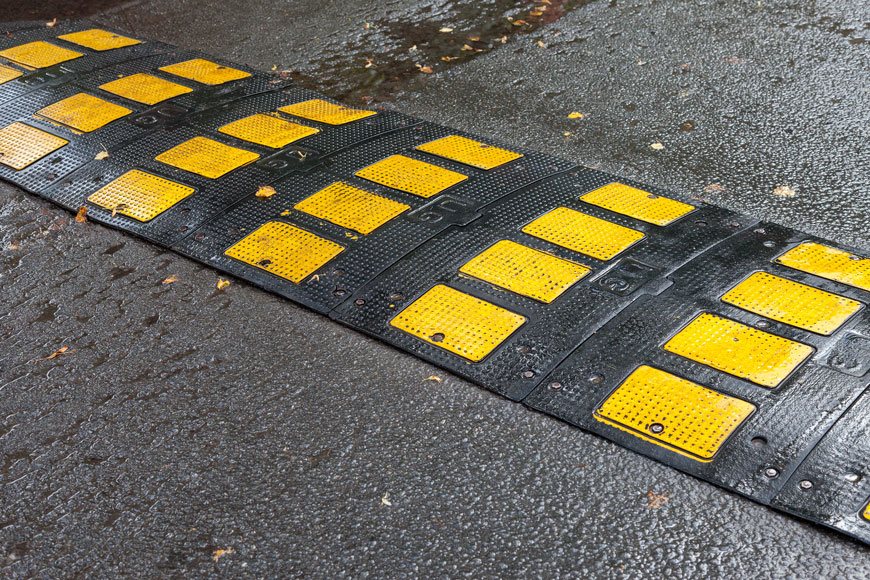Speed bumps, also called speed humps or traffic calming devices, are essential in various environments, such as residential areas, school zones, parking lots, and busy intersections. Speed bumps are particularly crucial in areas with heavy pedestrian activity. Their installation holds immense significance in enhancing road safety and ensuring effective traffic control. Additionally, they improve the overall quality of life for all individuals using the roadways. This article seeks to emphasize the significance of speed bump installation and how they contribute to enhancing road safety and facilitating effective traffic control.
Reducing Speeding and Preventing Accidents
Installing speed bumps serves a primary objective of tackling the problem of speeding on roadways. Speeding is a significant contributor to accidents. It can result in severe injuries or even loss of life. Speed bumps effectively prompt drivers to reduce their speed by acting as physical barriers. That encourages the adoption of safer driving habits and minimizes the risk of accidents.
Protecting Pedestrians and Vulnerable Road Users
Residential neighborhoods, school zones, and commercial areas often witness a significant flow of pedestrians, including children, elderly individuals, and cyclists. Installing speed bumps in such areas ensures drivers are more cautious, providing a safer environment for pedestrians to navigate without fear of reckless driving. Speed bumps serve as a visual cue to drivers to be more alert and considerate toward vulnerable road users.
Encouraging Compliance With Traffic Regulations
Speed bump installation reinforces adherence to traffic regulations and promotes responsible driving behavior. When drivers encounter speed bumps, they are compelled to slow down to navigate them safely. This creates a culture of compliance with speed limits and other traffic rules. The presence of speed bumps serves as a constant reminder to drivers to drive within the designated speed limits.
Improving Traffic Flow and Control
In addition to enhancing road safety, speed bump installation contributes to traffic flow and control. In areas where vehicles speed or experience congestion, speed bumps can help regulate traffic by imposing a controlled and steady pace. By preventing abrupt lane changes, excessive acceleration, and tailgating, speed bumps help maintain a smoother and more organized traffic flow. This, in turn, reduces the chances of collisions, road rage incidents, and traffic congestion.
Community Engagement and Road Safety Advocacy
The process of speed bump installation often involves community engagement, as residents and local authorities collaborate to identify areas needing traffic calming measures. This engagement fosters a sense of ownership and responsibility among community members who promote road safety. Moreover, the presence of speed bumps is a constant reminder to drivers to prioritize safety and encourages ongoing dialogue about road safety initiatives within the community.
Conclusion
Installing speed bumps is crucial in promoting road safety and efficient traffic management. Recognizing the significance of speed bump installation, authorities, and communities must strategically implement them in areas prioritizing safety and traffic control. These endeavors aim to create safer roads and decrease accidents.

